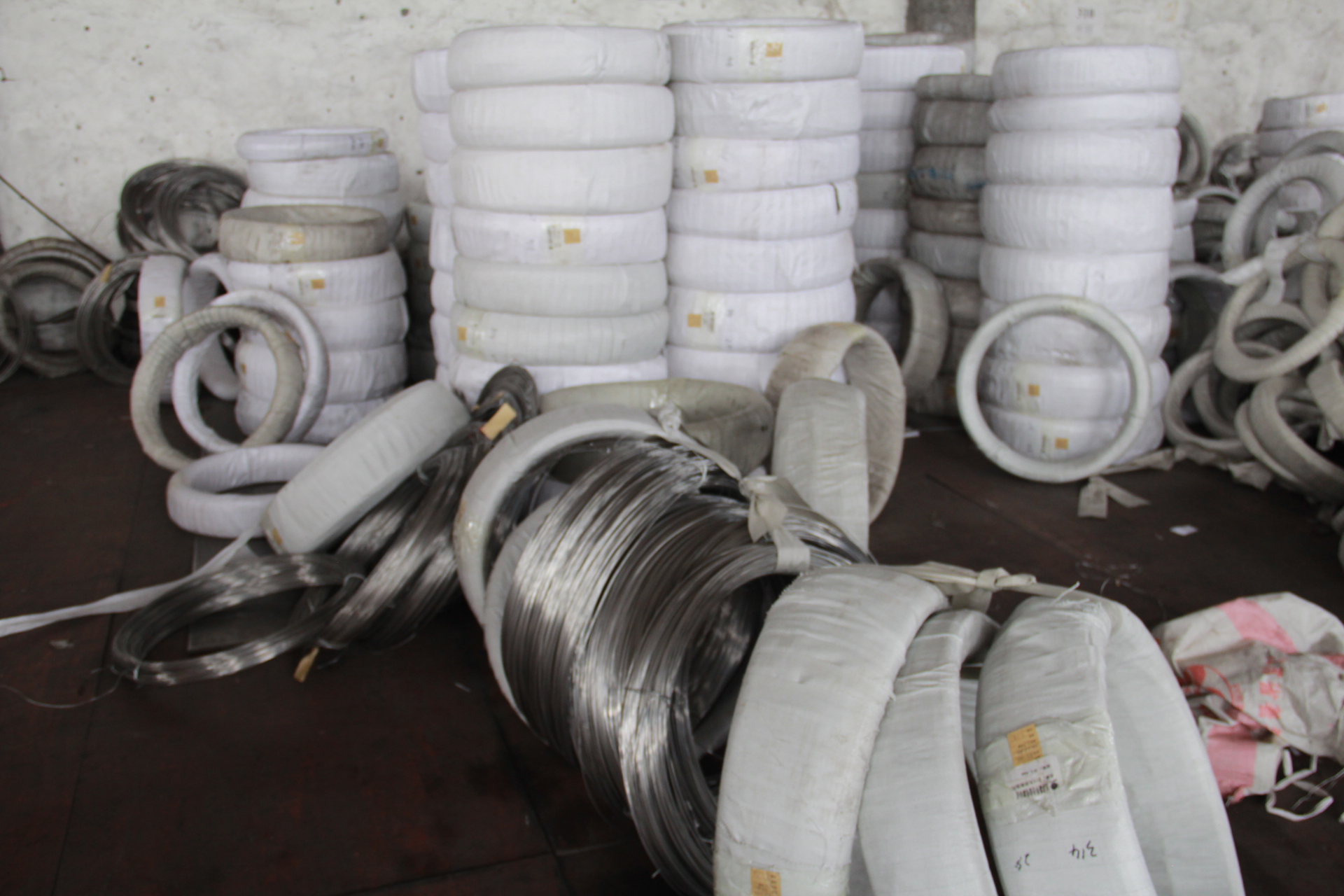 |
The picture shows a humanoid robot and China's "smart feet." Humanoid robots are robots that have human-like shapes and behavioral characteristics. The integrated foot perception system independently developed in China allows the humanoid robot to adapt to more complex road surfaces.
Recently, the humanoid robot integrated foot perception system developed by the Hefei Institute of Physical Science of the Chinese Academy of Sciences was approved by experts organized by the Ministry of Science and Technology. This achievement broke the long-term dependency of related technologies on foreign imports, and it is possible for people with disabilities to move freely. "The humanoid robot resembles humans in appearance, double 'hands' can grasp objects, double 'foot' can move positions, and can even complete the expression of human emotions. Humanoid robots in medical, mineral, rescue, marine exploration, machine maintenance There are many fields of application prospects,†Shen Fei, of the Chinese Academy of Sciences’ Hefei Institute of Physical Science, told reporters. “There are currently more than 70 large-scale humanoid robot projects worldwide, more than 60 small-scale humanoid robot projects, and more than a dozen in China. The unit is engaged in this study."
"With the help of 'smart feet', robots have been able to walk smoothly on slopes and depressions, reversing the problem that ordinary robots can only walk on flat roads and are prone to falling." Researcher Wu Zhongcheng, Hefei University of Science and Technology, Chinese Academy of Sciences rejoiced The reporter told reporters that in the current research on humanoid robots, how to enhance their adaptability in an unknown environment has always been the focus of research. Although the walking technology of humanoid robots has been a major breakthrough, there is still a large distance from the human living environment. gap.
"Every progress of the humanoid robot is closely related to the development of the foot perception system. For a long time, the humanoid robot developed in China has only been able to walk stably on a flat surface, resulting in an imitation of human beings due to the lack of an effective foot perception system. The robot's perception of the ground environment is insufficient, and it is difficult to stably walk on uneven ground, Shen Fei said.
“The reason that humans can walk naturally and in a balanced manner in various environments depends on the complex structure and physiological functions of the human foot, making it possible to accurately perceive external information and feedback in real time to the central nervous system motion control system.†Wu Zhongcheng told reporters. "The humanoid robot's integrated foot perception system is modeled on this process. First, a six-dimensional force sensor is added to the robot's foot. Using the elastic stress-strain theory, the sensor can recognize the deformation of the sensor's elastic body caused by the external load. Walking environment, real-time perception and recognition of changes in the ground environment, and measurement of ground forces."
Wu Zhongcheng introduced that the six-dimensional force sensor of the integrated floating beam structure developed by the laboratory at present meets the requirements of high dynamic response speed and sensitivity, marking that China has mastered world advanced technology in the development of humanoid robots.
“The rubber shock absorption layer used in the integrated foot perception system adopts a special rubber formulation process, combined with the design of the air cavity structure, has excellent low-frequency vibration isolation performance, and depends on the pressure change of the compressed air within the rubber bladder, greatly improving The vibration isolation effect.†Wu Zhongcheng made an analogy, “It is like a thick fat pad in the heel of the human body, which can act as a natural buffer layer, effectively reducing the ground recoil that it receives when walking.â€
"In order to increase the stability of the robot when walking, the new system also adds force-sensitive array sensors and acceleration sensors, can make a judgment before the robot is about to fall, and help the robot to correct in time." Shen Fei said.
Wu Zhongcheng said that breakthroughs in the key technologies of the foot-sensing system will allow humanoid robots to adapt more to human life and work environments, opening up more space for the robot's functional expansion. It is understood that only the United States, Japan and a few developed countries have mastered the same technology of the humanoid robot foot perception system in the world.
“The integrated foot perception system has the ability to sense complex ground environments, especially for the design of 'smart prostheses'.†Shen Fei said that artificial limbs worn by people with disabilities currently provide only a supportive role and cannot act with ease. If the humanoid robotic foot perception system is applied to the prosthesis, the prosthesis can sense the ground condition, handle it by itself, and feed it back to the human nervous system, so that the disabled can move more freely.
Shen Fei frankly stated that the design of "smart artificial limbs" is only an idea, and there are still many technical problems that need to be resolved. "This is different from a robot. How to transform the information collected by the foot system into a neural signal and identify it for the brain. The intention to translate the intention into a signal that the robot can recognize is an important issue that needs to be overcome." Shen Fei said.
According to reports, at present, the human foot robot integrated foot perception system has formed a small batch of design and processing capabilities.
Corrosion-Resistance Alloy,mainly refers to ordinary stainless steel resists atmosphere and sea water corrosion such as 300 series stainless steel including 304,316L, 317L etc.; comparatively strong corrosion resistance material including austenitic stainless steel 904L, 254SMOand Dual phase steel 2205,2507 etc.; Corrosion Resistant Alloy containing Cu 20 alloy; In comparison to non-metal corrosion resistant materials, corrosion-Resistance Alloy main refers to iron alloy (resistance to corrosion); nickel alloy (Ni-Cr alloy, Ni-Cr-Mo alloy, Ni-Cu alloy and other active metal.

Corrosion-Resistance Alloy
Corrosion-Resistance Alloy,Corrosion-Resistant Alloy Tube,Corrosion-Resistant Alloy Welding Wire,Corrosion-Resistant Nickel-Chromium Alloy
Jiangsu nickel alloy Co.,Ltd , http://www.xhalloy.com